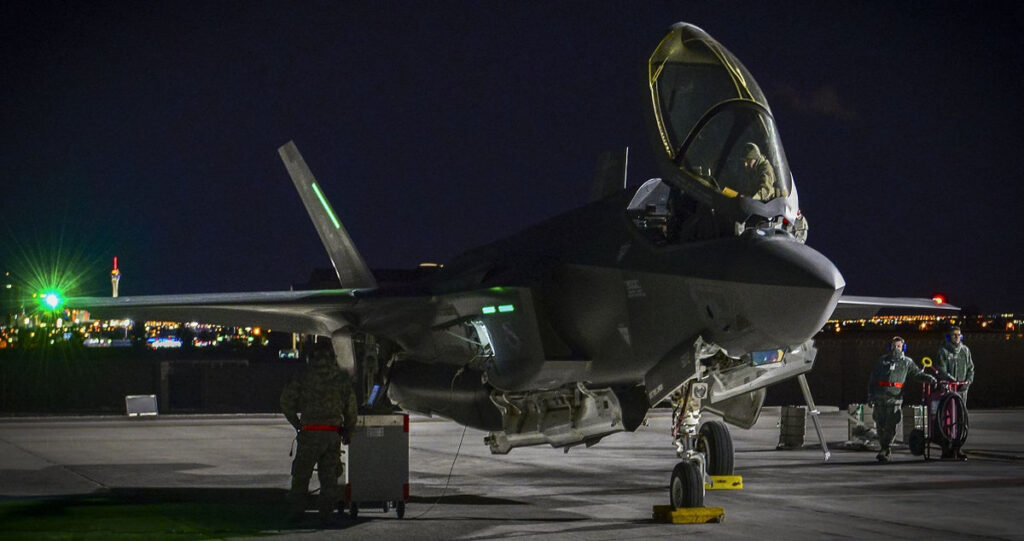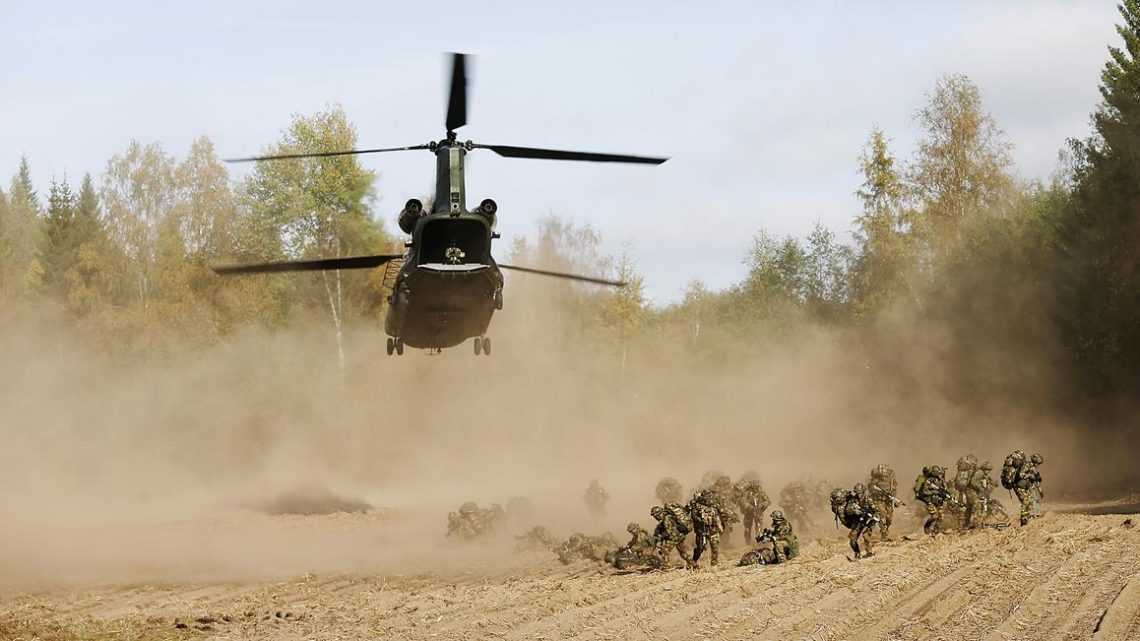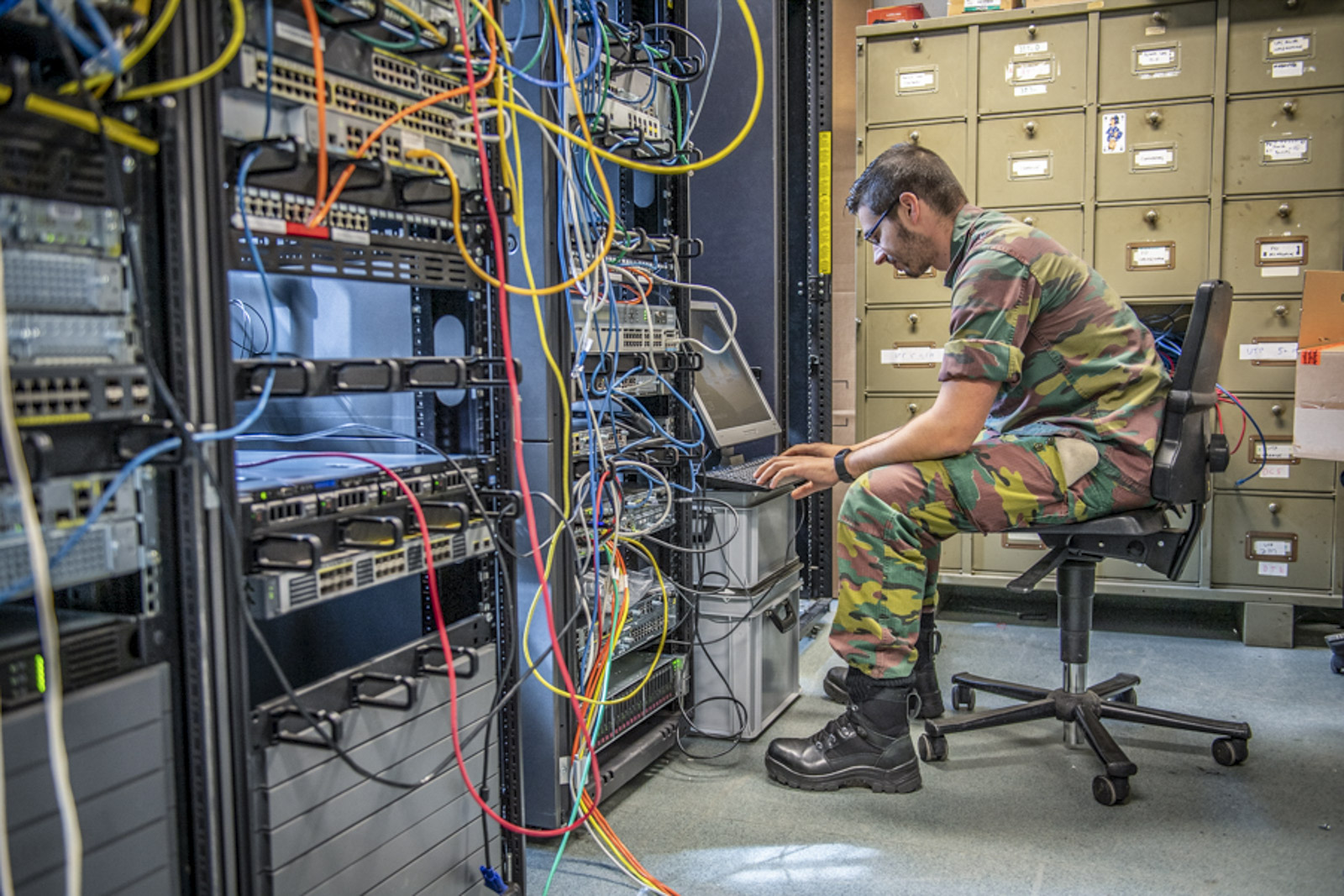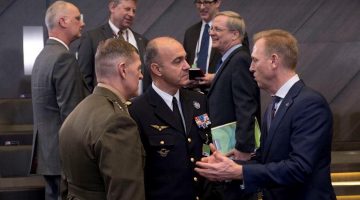Developing a Common Situational Awareness
This is the second part of a series of three, a version of which has been published as one single article in the Canadian bimonthly Frontline Defence Magazine.
Only twelve nations were NATO’s founding members when the organization was created in 1949. Today that number more than doubled and exercises can sometimes gather up to fifty countries. In order to go from a common understanding picture to a common operational one, it is necessary to develop a common situational awareness and the key word here is « interoperability ».
Without the ability for the people, the process and the technology to work and talk together, there would not be an alliance and that is the strength – while at times the weakness – of such a unique organization, making it America’s remaining « number-one alliance »[1] as General Mattis, US Defense Secretary, recently referred to and despite last year’s presidential rhetoric.
« [Interoperability] is a rather young word created in the 1950’s, which did not become popular until the 1990’s. The reason is because we technically associate that word with technology and as we increasingly worked with computers, we found out that they were not working together », explains the man in charge of developing interoperability within NATO, Johan Goossens, head of the branch of technology and human factors at ACT[2]. « So how do we do it? How do we have the military of twenty-nine different nations do that same handshake ? », he purses, « First we look at what need to be interoperable, then how to make it so. We develop specifications and standards. We work with industries and test equipment in their infancy to see if they can operate together. We mostly focus on information systems as opposed to platforms. »
With the coming of « next gen » equipment, that distinction between systems and platforms however tends to be blurred and the challenge is to keep up with the progress realized among allies across the board to be able to keep doing that hand shake.
Such a paradigm shift worries General Mercier, who was Chief of the French Air Force before becoming SACT: « as a pilot I am indeed concerned when I see today’s exercises. In my Tiger Meet community[3], we used to share an enormous amount and that is what made us strong. Today, with the new systems, aviators fly together, but with less and less awareness of what their wingmen are able to do. Debrief comes, and pilots share what they did, but not why and how they did it. This is a potential catastrophe in terms of interoperability, as it is a matter of mutual trust. If we are not able to solve it within NATO, it will never work… So NATO has a lot of work to do! »
There are however at least three good reasons to remain optimistic – no matter how vast the challenge seems today to make 4th and 5th generation air assets work together seamlessly – and be able to maintain a common situational awareness in all areas as best as possible:
- First of all, this kind of technological revolution is not a first within the alliance: if each nation is of course doing its own research and defends its own industrial interests, the role of ACT is precisely to coordinate and orient, so that too much technological unpredictability does not « break compatibility », Johan Goossens says, having witnessed similar breakthroughs over the many years he worked at NATO, whether in jet fuel technology or when cyber first emerged or even in processes and culture changes : « with the end of the Cold war, the maritime situational awareness changed and brought with it a fundamental cultural shift, as the growth of pirate attacks in several parts of the world led NATO operators to track not only grey, but also white shipping. This was a major departure from a traditionally military-oriented prospective and it took a bit of time for nations to adapt… »
- Secondly, technology differences among twenty-nine nations are a fact of life, which NATO has been accommodating for nearly seventy years through joint operations, but overall through a robust exercise programs. If the number of participating countries has been fluctuating over the years, depending on budgets, but mostly on the intensity of the perceived threat, three types of exercises have alternatively been conducted on a yearly basis among allies: « Live Exercise (LIVEX), Command Post Exercise (CPX)/Computer Assisted Exercise (CAX), or an Exercise Study »[4]. Mr Goossens’ branch at ACT is the one organizing CWIX[5], which takes place every year in Poland and is a preparation to the next Livex, such as Trident Juncture 2018, which is to take place this fall in Norway. Symptomatic of how palatable the threat is today, these exercises have been gathering the largest number of participants – including from the “Top 6” or Non-NATO Nations such as Finland or Sweden – ever since the height of the Cold war.
- Finally, bridging technology is already there for most of the challenges NATO needs to meet. If we go back to the « 4th/5th Gen » debate, the recent Red Flag 18-1 exercise, which took place and ended February 16th at Nellis AFB demonstrated the ability to upgrade tactical link 16 programs in order to make data sharing possible among all generations, the F-22 being a case in point.

Photo Credit: www.airforcetimes.com/
In fact, for NATO planners, the problem is today’s exponential speed of technological development – mostly coming from the commercial sector as opposed to the military one, the way it was just two decades ago – and how to cope with such a trend by creating the appropriate framework for everyone.
For SACT, this raises the key (and next) question of the acceptability level of technology by each NATO member…
Footnotes
[1] “[Just] to look around that room and see 29 nations all working together … you have to remember the fundamental strength of that alliance,” said General Mattis, as quoted in: https://www.defense.gov/News/Article/Article/1444956/mattis-heartened-by-nato-nations-increased-defense-budgets/
[2] Interview conducted at ACT, Norfolk, January 2018
[3] Here is the origin of the NATO Tiger Meet according to its official website: « Following the wishes of M.Pierre Messner, the then French defense minister, the USAFE (United States Air Force Europe) 79th TFS (Tactical Fighter Squadron) took the initiative and on 19 July 1961 they invited No.74 Squadron Royal Air Force and EC 1/12 Squadron of the French Armée de l`air to Woodbridge in England. And so the Association of Tiger Squadrons was established to improve relationships between individual squadrons within NATO. Each of these squadrons had a Tigers’ head in their squadron crest. » (https://www.natotigers.org/origin-and-goals)
[4] See: https://www.ac.nato.int/page805182
[5] The Coalition Warrior Interoperability eXploration, eXperimentation, eXamination, eXercise (CWIX) is always held at the Joint Forces Training Centre (JFTC) in Bydgoszcz, Poland (For more information, see: http://www.act.nato.int/cwix)
Photo © Norwegian Armed Forces
https://forsvaret.no/en/exercise-and-operations/exercises/nato-exercise-2018












